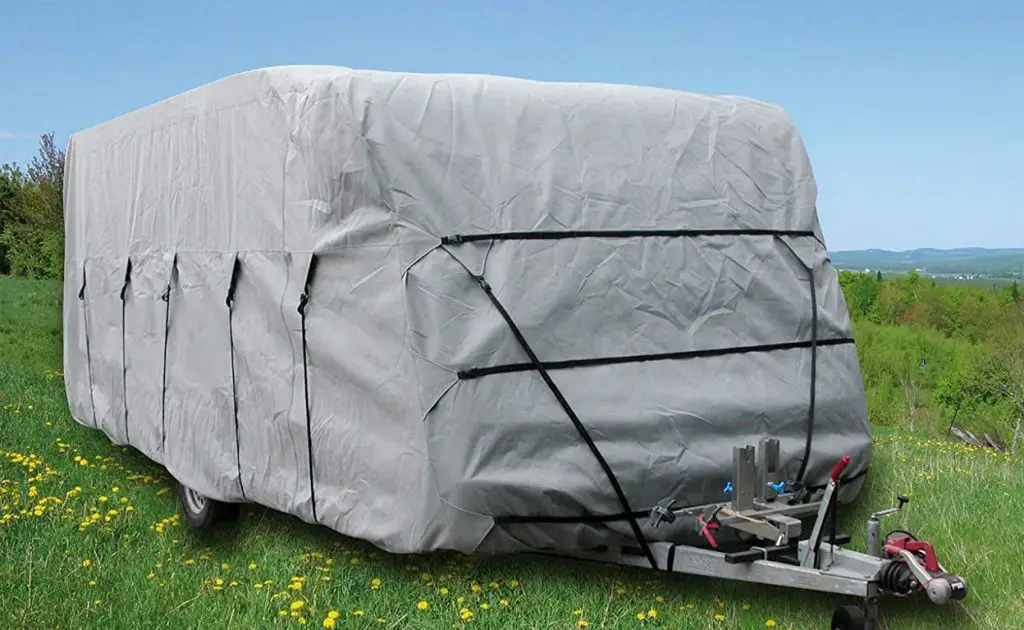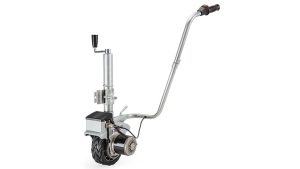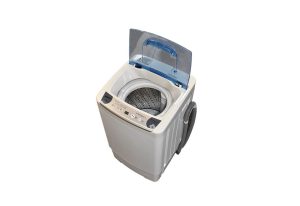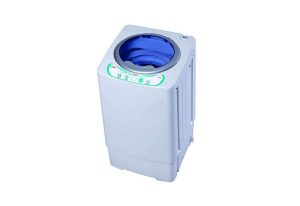Caravan covers are an essential accessory for protecting your caravan from environmental damage. One of the key features of a caravan cover is its ability to keep water out. In this article, we’ll explore how waterproof caravan covers are and what factors can affect their performance.
Understanding Waterproof Ratings
Caravan covers are rated based on their waterproof performance, typically using a rating system called the Hydrostatic Head (HH) measurement. This measurement indicates the amount of water pressure that the cover can withstand before it starts to leak. The higher the HH rating, the more waterproof the cover is.
For example, a cover with a 1500mm HH rating can withstand 1500mm of water pressure before it starts to leak. A cover with a 5000mm HH rating is more waterproof than a cover with a 1500mm rating, as it can withstand more water pressure before leaking.
Factors Affecting Waterproof Performance
Several factors can affect the waterproof performance of a caravan cover. These include the material, stitching, and fit of the cover.
Material
The material of the caravan cover plays a crucial role in its waterproof performance. Covers made from polypropylene or polyester tend to be less waterproof than those made from canvas or vinyl. Canvas and vinyl covers are typically thicker and more durable, providing better protection from water damage.
Stitching
The stitching on a caravan cover can also affect its waterproof performance. Covers with poorly stitched seams are more likely to leak than those with well-stitched seams. Look for covers with double-stitched seams and taped seams for the best waterproof performance.
Fit
The fit of the caravan cover is also important for its waterproof performance. Covers that are too loose or too tight may not provide adequate protection from water damage. Look for covers that are designed to fit your specific make and model of caravan for the best fit and waterproof performance.
Maintenance and Care
Proper maintenance and care can also help to maintain the waterproof performance of your caravan cover. Over time, dirt and debris can accumulate on the cover, clogging the pores and reducing its breathability. This can lead to moisture buildup and mold growth, which can damage the cover and reduce its waterproof performance.
To maintain the waterproof performance of your caravan cover, it’s essential to keep it clean and free from debris. Use a mild detergent and warm water to clean the cover, and rinse thoroughly with a hose. Allow the cover to dry completely before storing it.
Conclusion
Caravan covers are an important investment for protecting your caravan from environmental damage. Their waterproof performance is a crucial factor in their effectiveness. Caravan covers are typically rated using the Hydrostatic Head (HH) measurement, which indicates the amount of water pressure they can withstand before leaking.
The material, stitching, and fit of the cover can all affect its waterproof performance. Covers made from canvas or vinyl tend to be more waterproof than those made from polypropylene or polyester. Look for covers with well-stitched seams and a good fit for the best waterproof performance.
Proper maintenance and care can also help to maintain the waterproof performance of your caravan cover. Keep the cover clean and free from debris, and store it in a dry, well-ventilated area when not in use.
Ultimately, the waterproof performance of your caravan cover will depend on a variety of factors, including the quality of the cover and the environmental conditions in which it is used. Choosing a high-quality cover and maintaining it properly can help to ensure that your caravan remains protected from water damage for years to come.







